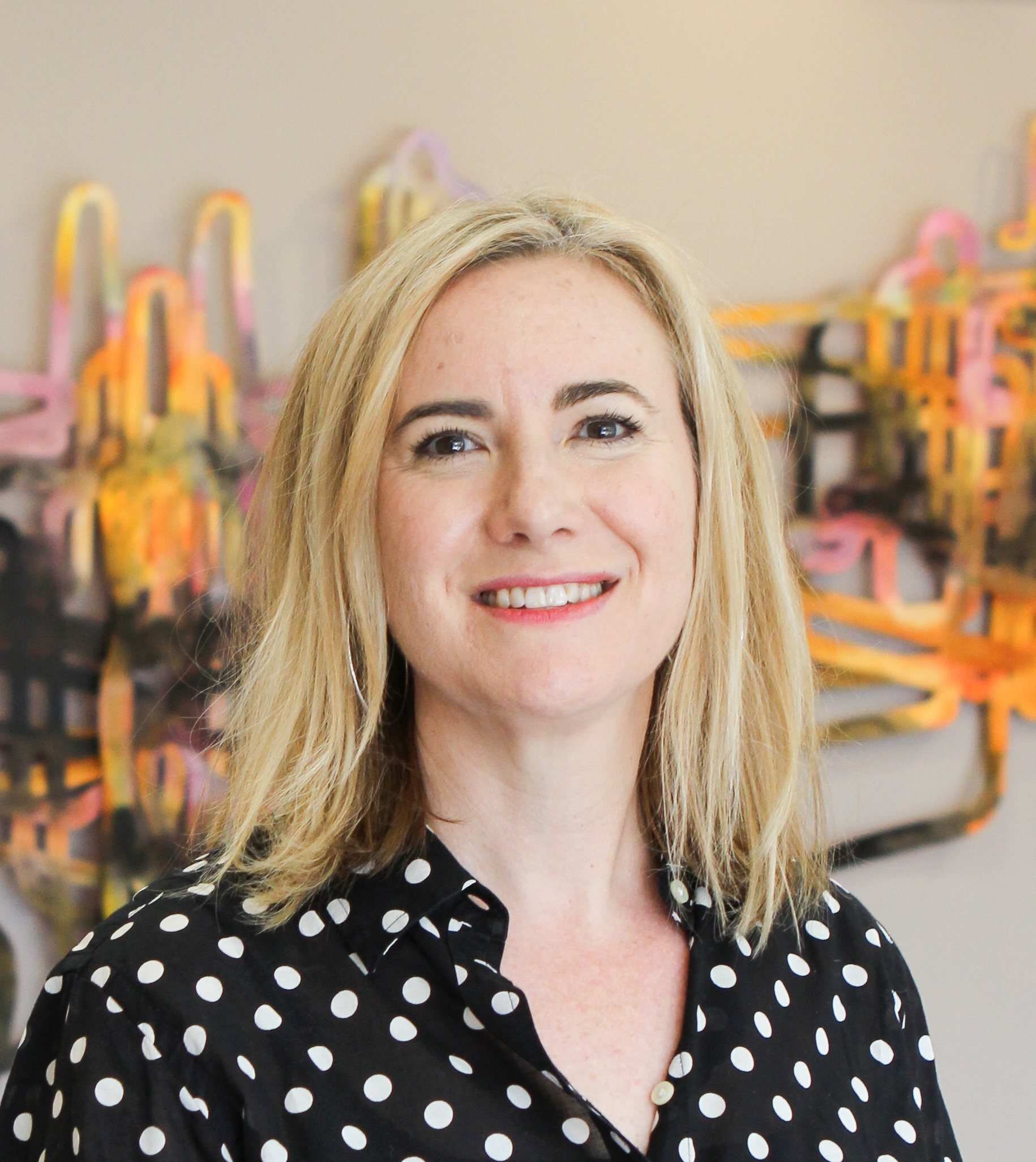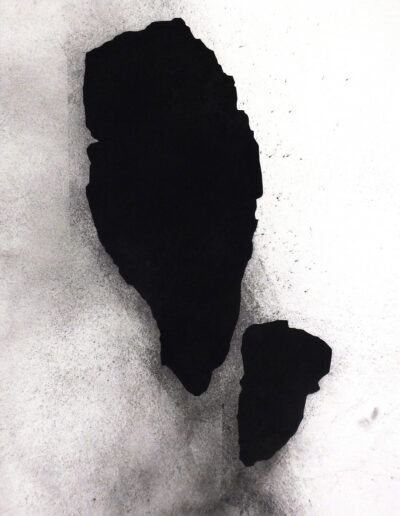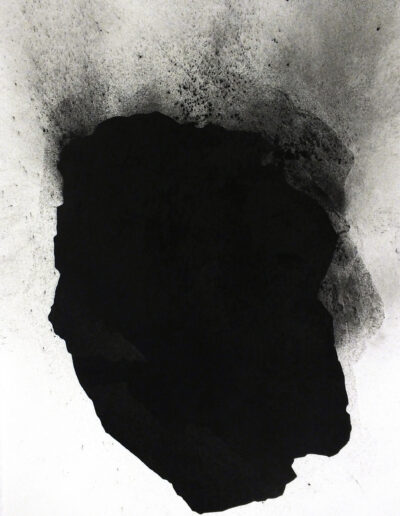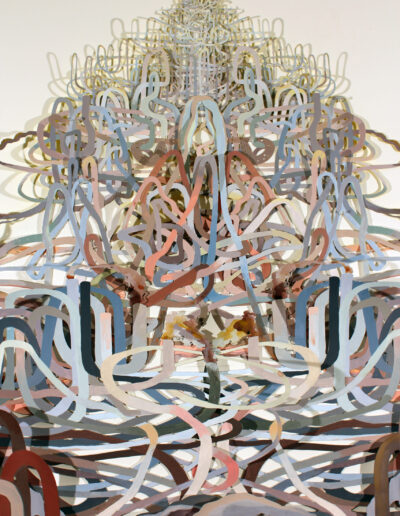The exhibition, Considering Carbon, consists of a series of drawings and cut-paper wall installations which explore the theme of fossil fuels, specifically oil and coal. In the exhibition, I use different visual and conceptual approaches to examine the physical, material qualities of coal and oil, as I aim to heighten an awareness of our disconnection and dependence on fossil fuels. Oil and coal are an integral part of our contemporary existence, yet remain mysterious, unknown substances, contained and controlled by the industry.
Large-scale wall installation artworks in the exhibition consider the infrastructure of the pipeline system through a visual language of abstraction to communicate the vastness of the petroleum infrastructure. In these large cut-paper pieces, I evoke the visceral, sensory quality of the petroleum landscape by using scale, texture, surface, color and the non-traditional presentation of drawings to engage the body of the viewer.
Abstraction continues in the series of charcoal drawings in the exhibition. In the drawings, specimens of coal are simplified into abstract silhouetted shapes to capture the materiality of the coal and the darkness of coal’s impact on our environment. These drawings are exhibited as a group and have a collective impact through the quantity and the density of the black charcoal. The black, sooty quality of artist charcoal is used to capture the physical and corporeal characteristics of the sedimentary rock.
Realism is also present in the exhibition, through an additional series of drawings of coal and the display of a collection of fossil fuels. In the realistic drawings, I examine coal closely through a labor-intensive process of observational drawing. The labor and care in rendering offer an ability to step back, observe and weigh different positions regarding coal’s place in our world and our disconnection to the land.
Overall, through the artwork, I aim to honor the power that fossils fuels have contributed to creating our modern world and equally convey the dark side of the environmental cost we must bear. It is my belief that art has the ability to problem solve, re-frame and reflect on the current climate crisis, in order to inspire change in the present and future.

Kathleen Thum, Acrid
About the artist

Kathleen Thum’s drawings, paintings, and wall installations, which explore the ongoing shifting of power between mankind and earth, have been widely exhibited. Selected group exhibitions include Shifting Sediments at Marshall University in Huntington, West Virginia, and The Nature of the Future: Artists Confront the Anthropocene at Belmont University in Nashville, Tennessee. Her recent past Solo and Two-Person shows include exhibitions at University of Alabama in Huntsville and Broward College in Davie, Florida. Thum’s work is also included in the 2014, 2015, 2017 and the upcoming 2023 Manifest International Drawing Annual Exhibition in Print publications.
Kathleen Thum has been awarded several fellowships to attend artist residencies, such as the Millay Colony, Jentel Artist Residency, the Vermont Studio Center, the Saltonstall Foundation for the Arts and the Women’s Studio Workshop. She has received Quarterly Support Grants from the South Carolina Arts Commission and was a recipient of the New York Foundation for the Arts Mark Program. Thum presented her artwork at the 2018 International Petrocultures Conference, a multi-disciplinary conference on oil cultures and energy humanities, in Glasgow, United Kingdom and in the 2016 Petrocultures Conference in St. John’s, Newfoundland.
Kathleen Thum received her BFA from Maryland Institute College of Art in Baltimore and her MFA from Bowling Green State University in Ohio. Thum currently teaches Drawing as an Associate Professor in the Art Department at Clemson University in upstate South Carolina and is the new Graduate Coordinator for the MFA in Visual Arts Program at Clemson University.



